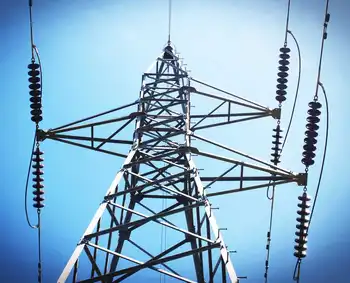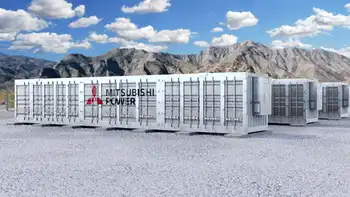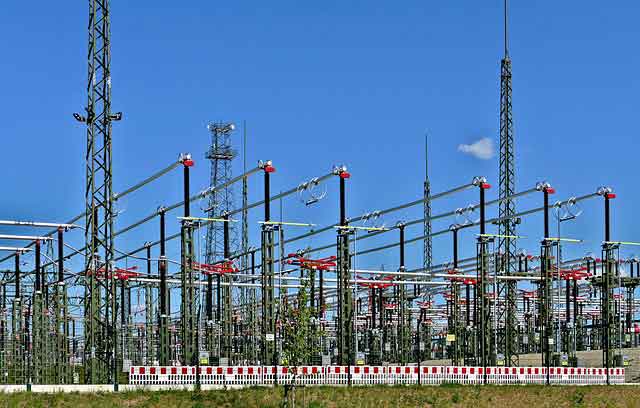Cameco reaches agreement on uranium deal
By CNNMoney.com
Substation Relay Protection Training
Our customized live online or in‑person group training can be delivered to your staff at your location.

- Live Online
- 12 hours Instructor-led
- Group Training Available
The agreement requires formal documentation as well as approval by the Russian and U.S. governments and by Cameco's board of directors.
Cameco currently purchases about 7 million pounds of uranium annually from Tenex under a commercial agreement, which ends in 2013. Cameco sells uranium purchased from Tenex to utility customers around the world to generate electricity. The purchase price that Cameco pays for the uranium was agreed to in 2001, when uranium prices were much lower than they are today. Last year, Tenex asked the parties to consider a new pricing structure.
"The discussions between Tenex, Cameco and our western partners have resulted in a fair and reasonable solution that enables all parties to share in the benefits of increased uranium prices that were not envisioned when the initial agreements were signed," said Jerry Grandey, Cameco's president and CEO.
The existing volumes available to Cameco under the commercial agreement remain the same and the new pricing structure makes no changes in the years 2008 to 2010.
However, during 2011 to 2013, approximately 7 million, of about 23 million pounds available to Cameco, would have higher purchase prices. Using a $60 (US) per pound uranium spot price, the average increase during 2011 to 2013 on these 7 million pounds would be about $18 (US) per pound assuming a customary inflationary adjustment factor.
"This agreement is additional evidence of our solid, long-term relationship with Tenex," Grandey added. "We have built on the commitment and good faith all parties have shown in dealing with the price issue, and we anticipate this major disarmament initiative will continue as envisioned by all of the stakeholders."
The new pricing structure would impact about 1 million pounds available to Cameco in 2011 rising to 3 million pounds in 2013. Of these amounts, approximately 0.4 million annually would be priced at $60 (US) per pound escalated by inflation. The remaining affected quantities would be priced relative to the average uranium spot price on a graduated scale that takes effect at $30 (US) escalated by inflation. More detailed information on how this is calculated is available on Cameco's website.
Cameco and its two partners (AREVA and Nukem) entered into the commercial agreement with Tenex to purchase uranium derived from dismantled Russian weapons in 1999. The commercial agreement was subsequently amended in 2001 and 2004. This commercial agreement falls under the umbrella of the United States-Russia government-to-government agreement to convert highly enriched uranium from dismantled Russian nuclear weapons into fuel for nuclear power plants (the HEU agreement).
The agreements, including the commercial agreement, that implement the HEU agreement presently supply a significant portion of the US enrichment, uranium and conversion services requirements. As a result of these agreements, a quantity of highly enriched uranium equivalent to more than 13,000 nuclear warheads has been recycled to fuel electricity generation.











